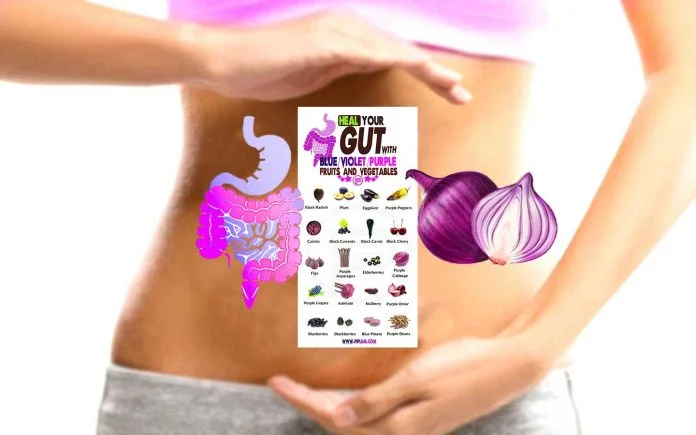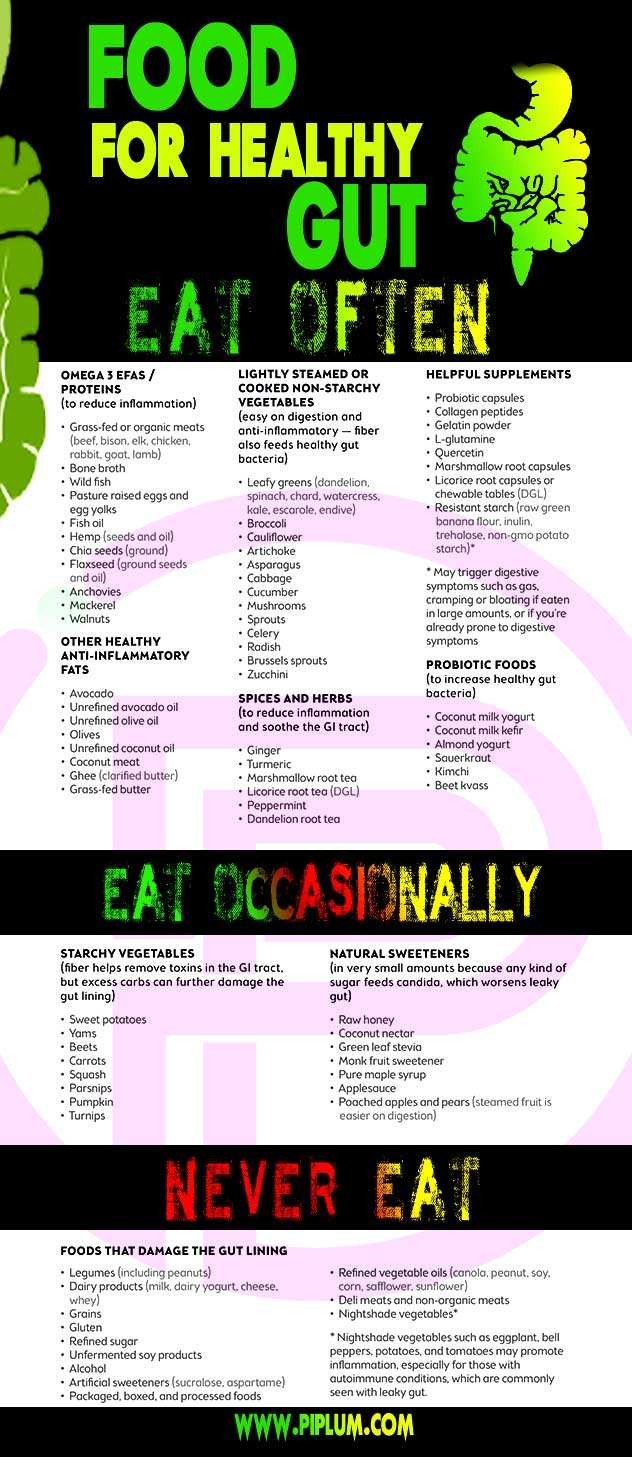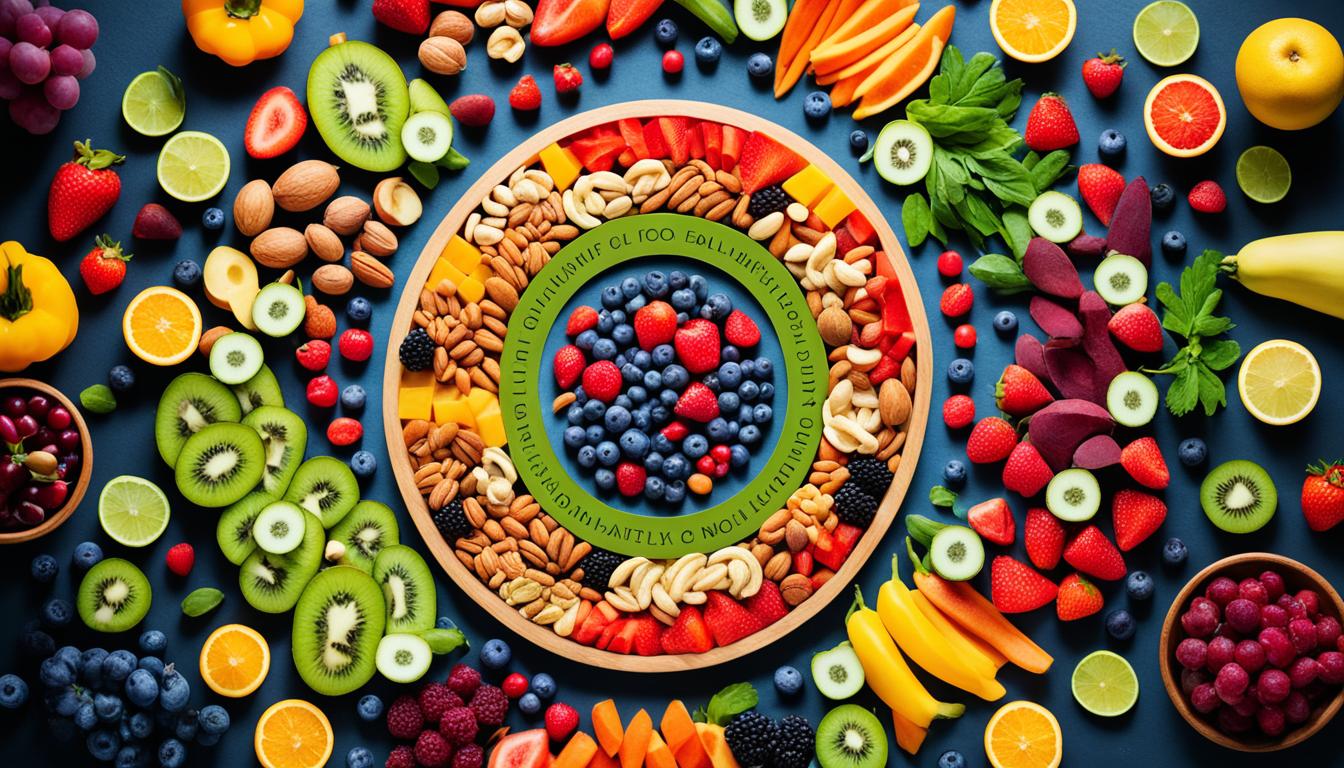
A healthy gut is the foundation of overall well-being. What you eat plays a significant role in maintaining a balanced gut microbiome, and one way to promote gut health is by incorporating purple and blue fruits and vegetables into your diet.
These colorful wonders are not only visually appealing but also packed with nutrients that can do wonders for your digestive system. In this article, we’ll delve into the world of purple and blue-hued produce, exploring their benefits and how they can contribute to a happy and healthy gut.
Why Purple and Blue? You might be wondering why we’re focusing on purple and blue fruits and vegetables. Well, their vibrant colors are a sign of the presence of powerful antioxidants called anthocyanins. These antioxidants not only give them their stunning hues but also offer a range of health benefits, particularly for your gut. Let’s explore some of the fantastic options in this category.
Blueberries
Blueberries are often hailed as a superfood, and for a good reason. They are rich in fiber and packed with antioxidants, making them excellent for your gut. The fiber in blueberries supports healthy digestion, while their antioxidants can help reduce inflammation in the digestive tract.
Purple Cabbage
Purple cabbage is a versatile and crunchy addition to your diet. It’s a great source of insoluble fiber, which aids in regular bowel movements and can prevent constipation. Plus, it’s packed with vitamins that support your overall health.
Blackberries
Like blueberries, blackberries are a fantastic source of fiber and antioxidants. They can help maintain a healthy balance of gut bacteria, which is essential for efficient digestion.
Eggplant
Eggplants, with their deep purple skin, are not only a visual delight but also good for your gut. They contain nasunin, a powerful antioxidant that can help protect the digestive system from oxidative damage.
Plums
Plums are known for their natural laxative properties. They’re an excellent choice for promoting regular bowel movements and preventing digestive discomfort.
Purple Sweet Potatoes
Purple sweet potatoes are rich in fiber and various vitamins and minerals. They’re not only good for your gut but also contribute to your overall health and well-being.
Blue Potatoes
Blue potatoes, with their vibrant color, contain resistant starch, which acts as a prebiotic, providing food for the beneficial bacteria in your gut. This, in turn, supports a healthy gut microbiome.
FAQs
Q: Are purple and blue fruits and vegetables only good for the gut? A: While these colorful options do promote gut health, they also offer a wide range of other health benefits, such as improved heart health, enhanced brain function, and increased antioxidant intake.
Q: How can I incorporate more purple and blue produce into my diet? A: You can add them to smoothies, salads, or simply enjoy them as a tasty snack. Experiment with different recipes to find delicious ways to include them in your meals.
Q: Can I still eat other fruits and vegetables for gut health? A: Absolutely! A diverse diet rich in a variety of fruits and vegetables of different colors is key to maintaining a balanced gut microbiome and overall health.
Q: Is it essential to eat these foods every day? A: While consistency is beneficial, you don’t have to eat them daily. Including them in your diet regularly is a great way to support your gut health.
Q: Can these foods help with digestive issues like irritable bowel syndrome (IBS)? A: Some individuals with digestive issues may find relief by incorporating purple and blue fruits and vegetables into their diet. However, it’s essential to consult with a healthcare professional for personalized advice.
Heal your gut with blue/violet/purple vegetables and fruits. Poster.
According to scientists, there are five types of bowel disorders
1. You have fungus.
This disorder is characterized by unexplained weight gain, slowed metabolism, liquid stool, white tongue, bloating, joint pain.
Causes – lots of sugar, too many antibiotics, stress, diabetes, too cold foods (such as fresh cocktails and salads) and dairy products.
To get rid of this ailment, avoid the following reasons. Instead of cocktails and salads, try eating broths and soups, drinking herbal teas, and making warm vegetables.
Caffeine and alcohol should be avoided.
And the most important remedy for the diseased intestine is products that support immunity. More garlic and grapefruit should be included in your diet as they inhibit the growth of fungi.
2. The stress
The name itself indicates what the symptoms will be related to.
Failure to cope with stress causes the release of cortisol and epinephrine hormones, which inhibit the growth of beneficial intestinal bacteria.
This leads to allergies, insomnia, depression, difficulty getting up in the morning, reduced libido, and muscle weakness. Working with sources of stress is very important, but it is not enough.
If your bowel is distressed by stress, you must avoid caffeine, alcohol, sugar, and cereals that cause an inflammatory response in the intestine.
Instead, take herbal teas (such as chamomile) and eat vitamin B rich foods such as beef, salmon.
Add fermented dairy products such as kefir or yogurt to your diet.
If your gut is stressed, you need to include violet and dark blue products (berries, grapes, purple cabbage) in your diet, nuts and avocados, the doctor says.
Food For a Healthy Gut. List.
3. Immune Deficiency
This is the most extreme type of disorder – inflammatory bowel diseases that are characterized by weakened immunity.
Ulcerative colitis, crown disease, and irritable bowel syndrome. All these disorders are caused by food intolerance or even allergies to it, especially gluten or dairy products.
Colds Diseases First of all, according to the professor, all irritating products have to be removed as they can eventually cause problems such as eczema, arthritis, depression, anxiety and chronic fatigue.
And the treatment is very simple – because of the weakened immune system, the bones of the bones and healthy fats, such as coconut and olive oil, flaxseed oil will work perfectly well.
4. Toxins
Symptoms – gall bladder diseases, inflammatory skin diseases, emotional disorders.
If you experience symptoms caused by toxins, eat food that has high fiber content and supports the liver and gall bladder. Food for a healthy gut such as green and dark green leafy vegetables, green fruit, green juice, and wheat plants.
The causes of this disorder are over-fat foods, which are no longer kept by the liver when bile is produced.
When the liver and gall bladder become overloaded, the small intestine also becomes overloaded, which eventually increases the ‘conduction’ of the intestine.
Your doctor warns you to avoid fatty foods (even healthy fats), refined white sugar and carbohydrates and non-organic foods, especially dairy products that may contain hormones and antibiotics because they cause extra liver stress.
5. Signs of gastritis
Disorders due to gastritis – bloating, reflux after eating, frequent emotional tension.
According to scientists, these symptoms are usually caused by overeating, too little biting of food, poor digestive system, and the treatment should start from: Eat light food, in small portions.
Avoid coffee, grilled and processed foods that may be difficult to digest.
Eat more fruits and vegetables, chew for a long time.
Drink a tablespoon of warm water with a tablespoon of apple cider vinegar before meals to reduce stomach pH and drink only between meals rather than eating, but it depends on the food you eat.
Don’t forget that all the unpleasant abdominal symptoms: bloating, carving, diarrhea or constipation – A signal from the intestine that you need to change your diet – the type of intestine is choking, what you should eat, and what you should give up.
Conclusion: Incorporating purple and blue fruits and vegetables into your diet can be a delightful and effective way to support a healthy gut. Their rich color is not just visually pleasing but also an indication of their nutritional value. By adding these vibrant options to your meals, you’re not only promoting gut health but also taking a step towards overall well-being. So, go ahead and savor the delicious flavors while nurturing your gut.
Remember, a happy gut leads to a happy you!








